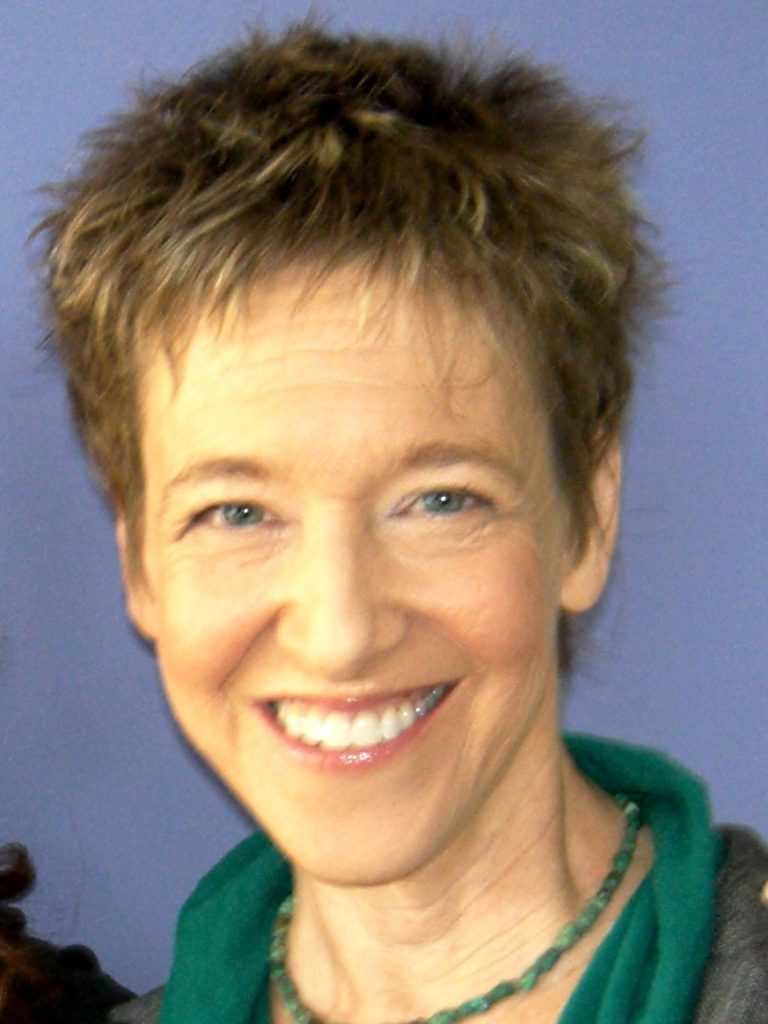
New York Times Magazine contributing writer Robin Marantz Henig traveled to Harvard and the University of Maryland for a story on the biology of anxiety. Alongside top developmental psychologists, she watched research videos on infant temperament dating back to the 1970s and 1980s, then used the videos to set scenes that would bring to life the scientists’ quest to trace anxiety’s developmental course. “Understanding the Anxious Mind” appeared in The New York Times Magazine on September 29, 2009.
Here, Henig tells TON co-founder Jeanne Erdmann the story behind the story. (This interview has been edited for length and clarity.)
How did you find the story idea?
I’ve always wanted to write a book about the history of Valium, but I could never get my agent interested in it. The thing that most interested me about Valium is that the ordinary, everyday anxiety it treats did not exist before Valium came along as a way to treat it. So I thought if I wrote first about anxiety, I might find an original way to write about Valium—and maybe eventually convince my agent about a book.
How did you decide which angle to pursue?
I looked for stories about anxiety in The Times and other good publications. After a while, whenever you do that kind of preliminary research, you tend to see the same names coming up; this time, the name that kept coming up was [Harvard developmental psychologist] Jerome Kagan. He was a source for at least one other story idea of mine that went nowhere, and I didn’t know too much about him other than he was an eminent psychologist who is really good at giving me a lot of time. I called him because his studies of innate temperament as a risk factor for anxiety were so fascinating. What I especially liked was that he had studied inborn temperament longitudinally, from infancy to young adulthood.
Nathan Fox, one of Kagan’s former graduate students [who is now] at the University of Maryland, began his own longitudinal study in much the same way as Kagan did. He did things a little differently, but he was clearly inspired by what he had learned as a graduate student.
Then of course I had to figure out what makes this a magazine article as opposed to a Master’s thesis. I was excited to find [out about Kagan’s and Fox’s] longitudinal studies on infant temperament and how anxiety and fearfulness play out through development, which began in the 1970s and 1980s and haven’t really ended. That kind of study contains its own story. Also I liked that there were videotapes so it was possible to set up little scenes in the story. The videos helped because it was hard for a topic like this to come off the page and be interesting. I spent a couple of days in Boston, where I spent a day with Kagan going through videos of people like Baby 19. He actually didn’t want to tell me too much more about her and he didn’t want me to talk to her because she’s so fragile, which is too bad because she was my lede.
Was it difficult to get access to the infant videos that made up some of the scenes in your story?
I had to do a little convincing of Kagan so I could view them, but not too much. I had to promise not to identify anybody or to reveal details that would identify patients. I had built trust with him, but it wasn’t me he trusted so much as the New York Times. Same with Fox for the videos in Maryland—I had to promise anonymity, but Fox and his colleagues were really excited to have me around the lab.
How did you use the videos in the story?
Writing scenes is always really difficult for me, because when people are writing scenes and working hard at it you can see right through the tricks. I really try to do it in a way that’s not the expected way, but that makes the writing even harder. I want it to be something other than, “This is a guy with a messy desk”—that’s how journalists usually try to bring science and scientists to life. So I could add Kagan in the room jumping up and down being excited at the video.
How do you organize the material for long stories like this one?
I put a lot of effort into the lede and that changes a lot sometimes. I work on that first section and figure out where that lede is going and what the nut graf is going to be and that creates its own kind of organizational structure when I’m almost hearing myself say what it is about the article that’s interesting.
What were the most challenging aspects of this story?
For this story in particular my editor was very nervous—she told me later that she didn’t think I’d be able to pull it off. I think she was still worried about an article that I’d had killed a full year earlier after many, many attempts at fixing it. I think she wanted to head off another experience like that. In the interim I’d had an article published with very little problems that got a lot of good attention. I felt that she was still remembering the other one that hadn’t worked out. She was much more hands-on than usual. She called me a lot to see how it was going; she sent me emails the minute I got back from Boston asking what happened up there; she asked to see drafts and she wanted to talk about the structure. These are things she doesn’t usually do.
How did you respond to having an editor who didn’t think you could handle the story?
You mean to her or to my husband? (Laughter.) I didn’t complain but I did get worried. The result was that the anxiety article I handed in wasn’t all that good. I had had a lot more in it about the brain itself, and she and her superiors wanted more about what happens when you feel anxious.
What were the other challenges?
It was difficult to get the right kind of anxious people to interview. I wanted the anxious people from the study [like Baby 19, who is now a young woman] but most were hard to find. It was difficult to get people like Kagan to let me talk to them because they wanted to protect them. All the people I had interviewed were people who were taking meds and going to anxiety clinics and doing cognitive behavioral therapy and doing all of this heavy-duty stuff. They had major anxiety problems and didn’t fit in the story anymore. I spoke to many patients and doctors who never appeared in the article—this happens every time.
I wrote the story many, many times—probably 15 or 20 drafts before the story went to my editor … not 15 or 20 totally different versions, but a lot of different versions. I was going down different lines of research because I didn’t know what I was going to end up with. Most of the clinical anxiety ended up dropping out and I just focused more on day-to-day fretfulness.
How did the editing go?
The Times asks for lots of edits. They tell me what’s wrong and I have to go back and figure it out again. In that system I do probably three or four total rewrites. After I turned in the second draft, the deputy editor, Alex Star, who’s now at the Book Review, and I sat down and he imposed a structure. He decided on three different elements of what’s going on in the anxious mind: the innate way your mind works, the way you behave, and what’s going on inside your brain even though you’re behaving differently. He said, “Here’s theme 1, theme 2, and theme 3. Go home and work on it this weekend when you thought you were going to be doing something fun.”
Since you are a longtime contributing writer for the Times Magazine, how do you pitch them?
I still have to push and get lucky. There has to be something newsy or narrative, which is very hard to achieve. Even though I’m a contributing writer, I have to go through a lot of effort to hear, ”Oh, this is a good idea.” That’s just the way it works. My editor often says, “I just don’t see the article there.” I think the anxiety story was the third or fourth or fifth pitch I had before they took the next one. I finish an article for them, which takes about six months, and then I fall into what I call the “Valley of the Stupid,” and I’m in there clawing my way out for another couple of months. There’s a period when just anything seems like I should pursue it and it should be interesting—a few years ago I actually thought for a while that I should write about spontaneous human combustion. I put in a lot of flailing around when I’m in the Valley of the Stupid. I feel like I’m starting over every time, and nothing I come up with clicks. Somehow this anxiety thing finally did click.

Jeanne Erdmann is co-founder and editor-at-large of The Open Notebook. Follow her on Twitter @jeanne_erdmann.


